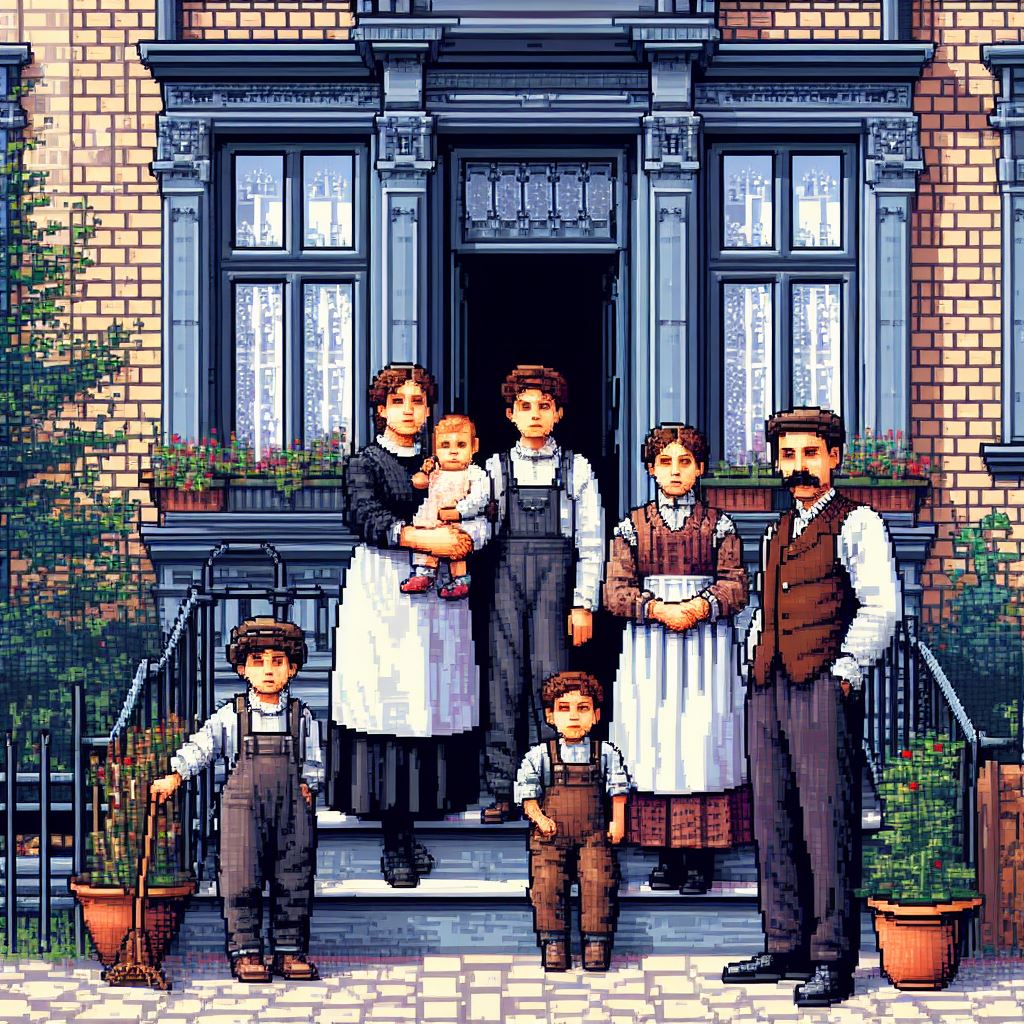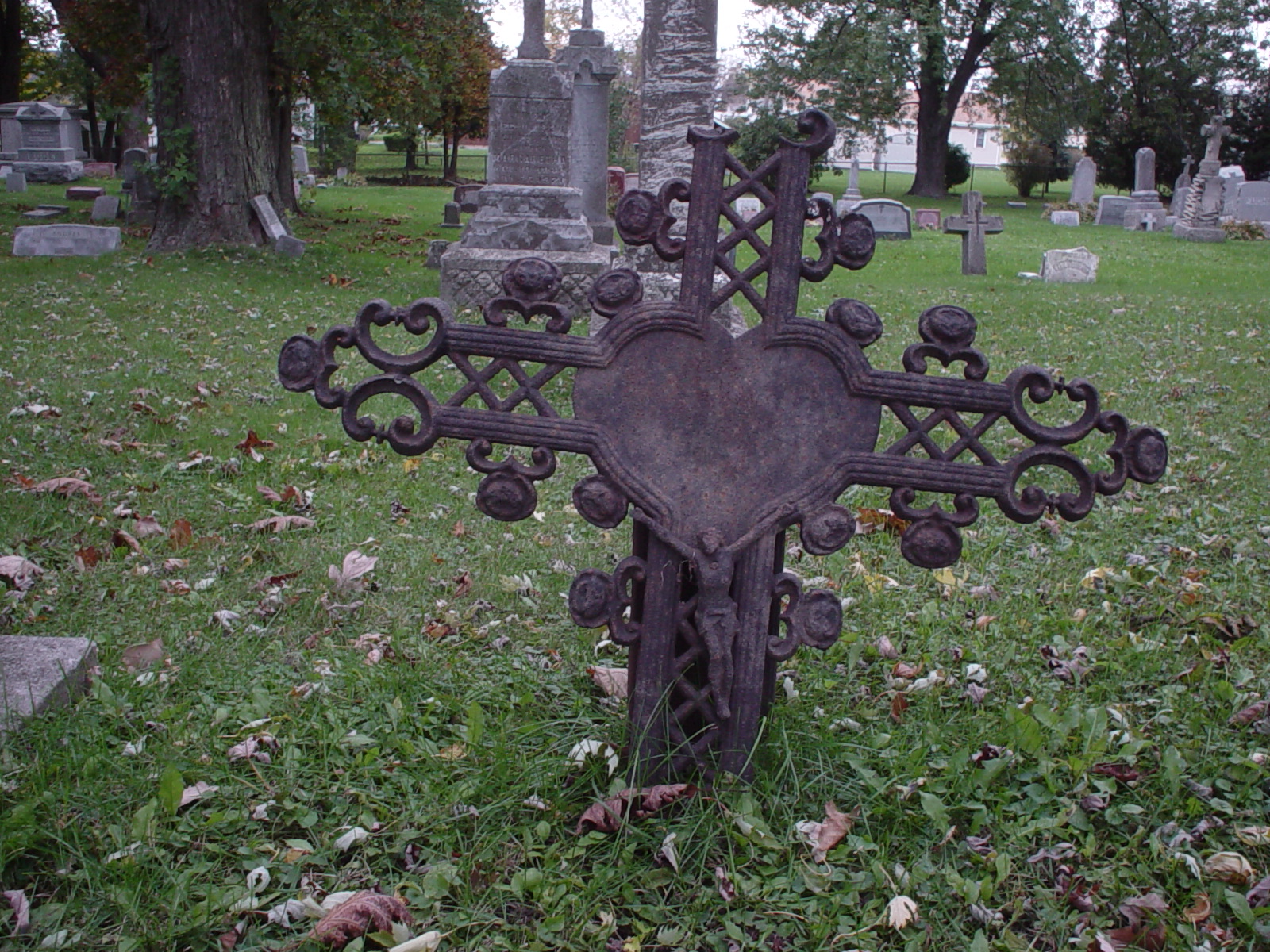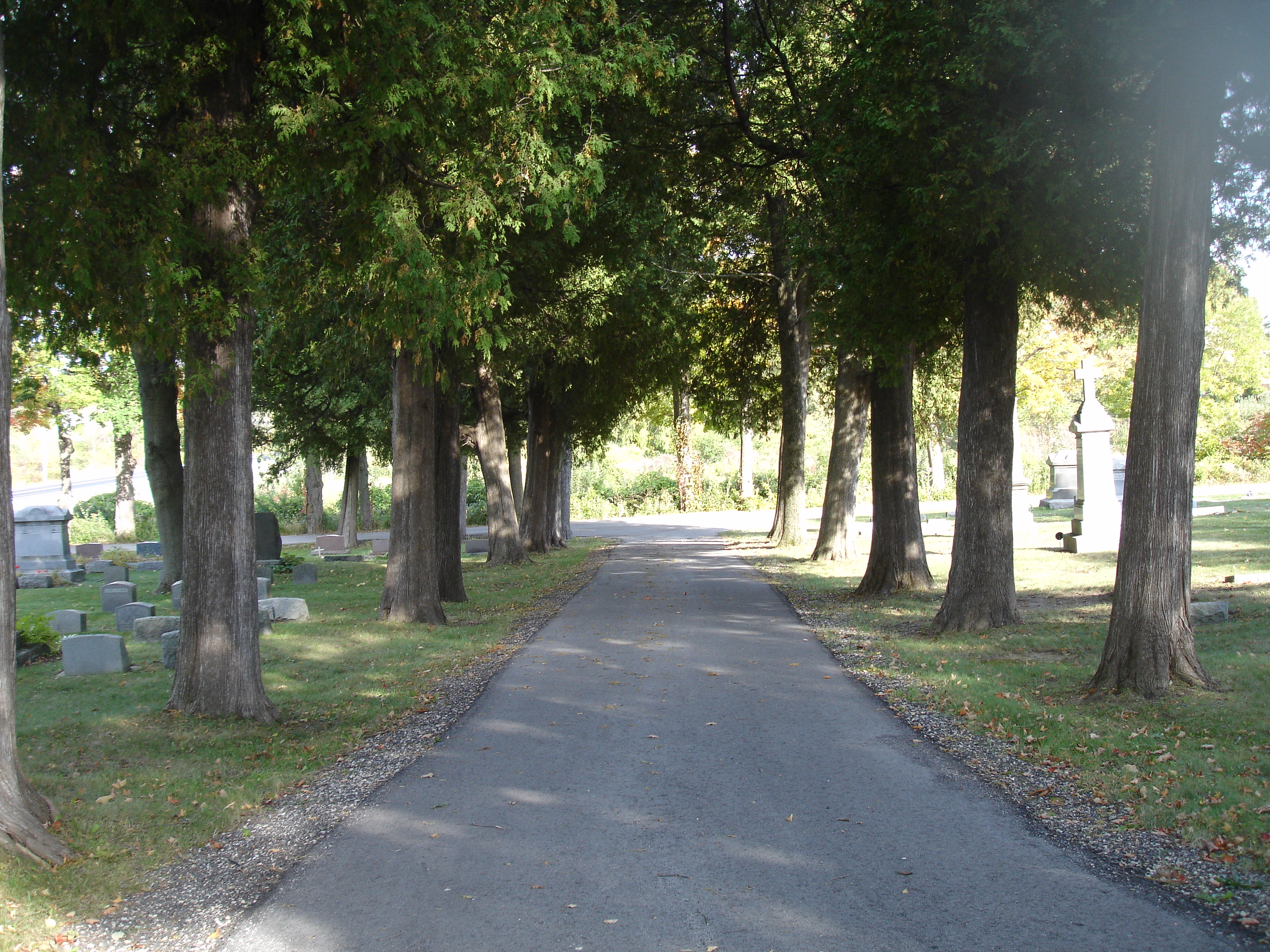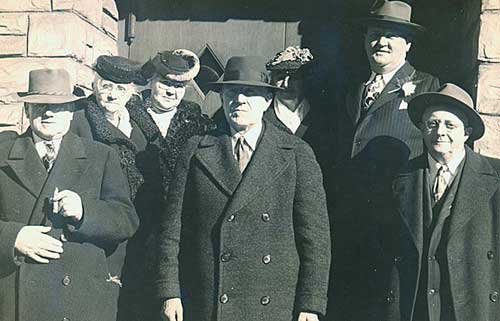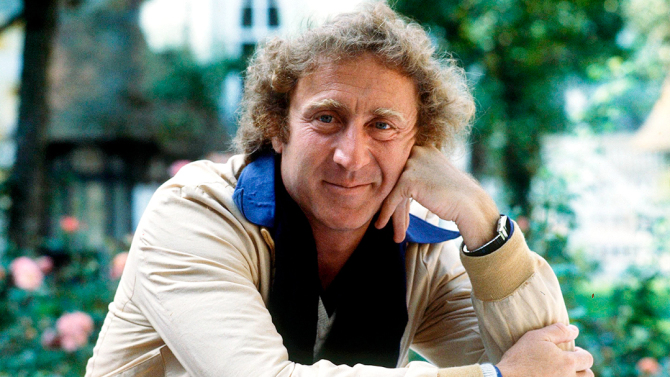Today I was browsing some of the professional genealogy society-type websites. I hope to one day become certified in some sort of genealogy-related area. I know that I’ll enjoy doing genealogy for the rest of my life and hopefully I’ll be able to help others.
The first one I came to was Board for Certification of Genealogists. I was curious as to what it took to become certified. It actually seems in reach since applicants are sent a photocopy of an historical document that relates to the geographic areas and time periods in which they normally work. I read over one of their example that dealt with an area I’m familiar with, an 1870 Wisconsin Deed. Everything that they went over would be something that I would normally ask myself or make notes on. I don’t have much experience with deeds, but I can figure out the basics of what I’m looking for. Have any of you readers become, or tried to become, certified?
I know that one of my weak points right now is probably sourcing. Don’t get me wrong, I add every possible source to everything I enter into my family tree, but I’m not hip on the lingo. Does anyone know of any good references of how to write out your sources, preferably free? BCG has a book, but they want me to spend $45 on it.
I also looked at the National Genealogical Society’s website. This is not really a certification, but it is a central location that a lot of genealogists go to. Is anyone here a member of NGS? Are the online courses worth the money? I’d like to become a member, but I want to make sure I get my money’s worth. I hope to one day be able to go to one of their genealogical conferences. I’d love to meet other genealogists.
I do plan on becoming a member of a local genealogical society, the Milwaukee County Genealogical Society. A lot of my family lived and died in the Milwaukee County area. Plus, it’s pretty decent deal at $12/year and you get some access to helpful local information, etc. Plus, it’ll make me go out and meet other people doing research in the same area. Maybe I can help them get their website into the 21st century, too. What are your experiences with local genealogical societies?
Photo: amyc500@flickr
